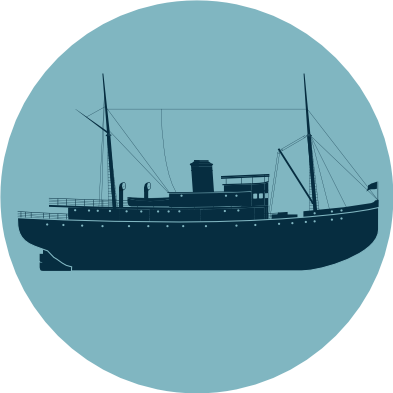
 0
0Transcription: "The Northwest Passage: the last maritime frontier"
This page includes the written transcript of this podcast, translated into English.
To confront the powerful elements of nature is to confront oneself.
This is the essence of what adventurers and explorers say about their extraordinary experiences.
The Northwest Passage is one of the most challenging natural environments for humans. What exactly is this famous passage? The Northwest Passage is a maritime space with several possible routes between the far north of the American continent and the islands bathed by the icy waters of the Arctic Ocean. Most of the year, a thick layer of ice forms on these waters, making it impossible to use the famous passage, which basically exists only during the short Arctic summer.
Crossing this zone means moving from the Atlantic Ocean to the Pacific Ocean.
Before the opening of the Panama Canal in 1914, the only way to go from one ocean to the other was to skirt around America from the south, above Antarctica. Imagine the huge detour!
The Northwest Passage is a route that has been coveted by the great powers of the world for a very long time. It was explored over a period of hundreds of years, entailing enormous material and human costs. The most famous of these expeditions is the Franklin expedition, which headed out in 1845, and which took 129 sailors to their deaths and two British royal ships to the bottom of the sea, in other words the entire crew and their equipment. Their wrecks were only located in 2014 and 2016 by Parks Canada teams, thanks in part to Inuit knowledge. The first person to cross the Northwest Passage was the Norwegian Roald Amundsen. He accomplished this feat in 1906 aboard a fishing boat, the Gjøa.
